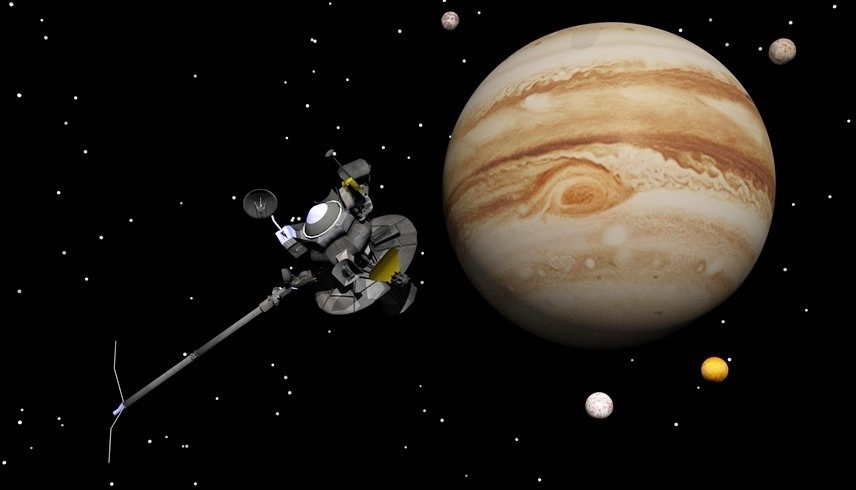Last Friday, the US Space Agency (NASA) announced that it had fully restored communications with its famous probe, “Voyager 2”, after the mission control room accidentally cut off contact with it late last month.
NASA said in a statement that the probe, which was launched into space in 1977 and is currently located 19.9 billion kilometers from Earth, was “operating normally” and remained “on its expected trajectory.”
Commands sent on July 21 inadvertently pointed the spacecraft’s antenna in the wrong direction, away from Earth, interrupting data transmissions.
And NASA announced earlier this week that it had succeeded in monitoring the “Voyager 2” signal thanks to the “Deep Space Network”, which is an international network of antennas, noting that the probe is in “good health.”
And NASA explained that “the equivalent of an interstellar cry” was sent, through which “an order was given to the probe to reorient itself and return its antenna to Earth.”
Scientists initially ruled out the success of this technique, but the result was positive in the end.
And NASA explained that given the distance at which Voyager 2 is located, it took just over 18 hours to reach it, and it also took the same amount of time before confirming the result.
And she confirmed that the US space agency is currently receiving scientific data and remote distance measurements from the probe again.
If this method did not work, NASA was hoping that the automatic reorientation maneuver would solve the problem, but that was not expected until next October.
Voyager 2 left the sun’s protective magnetic bubble, called the heliosphere, in December 2018 and is currently traveling through interstellar space.
Before leaving our solar system, Voyager 2 became the first and so far the only spacecraft to visit the outer planets Uranus and Neptune.
“Voyager 1” was the first spacecraft in human history to enter the interstellar medium, in 2012, and it is currently about 24 billion km from Earth.

